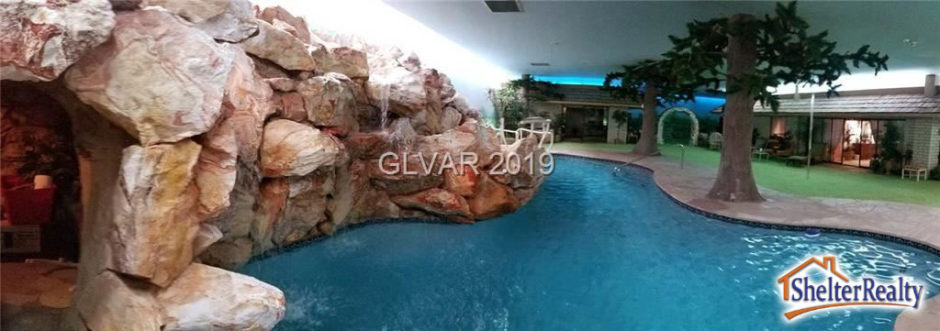LAS VEGAS, NV – The former Paradise Park home of infamous mafia enforcer Tony Spilotro – famously portrayed by Joe Pesci in the 1995 Martin Scorsese film Casino – has recently been sold. Originally listed on the market for $419,900, the single-story ranch home located at 4675 Balfour Drive was originally constructed by Spilotro and his wife Nancy in 1974.
The home, featuring spacious 2,400 square feet replete with four bedrooms, two bathrooms, a spacious two-car garage, and a backyard pool, is the largest home in its neighborhood. Although considered on the modest side by modern standards, during the 1970’s the residence was considered upper middle-class, and Spilotro – by reports a “blue-collar guy” – was known to throw large parties for his fellow Balfour Drive residents in order to stay on good terms with them. Allegedly, in a large walk-in closet in the main bedroom, Spilotro was known to store large amounts of currency and guns.
The current owner is XL Steel president David Stevens, a contractor, who purchased the home in 2017 after learning of its past owner for $275,000, according to Clark County records.
“I’m a Vegas history buff and couldn’t resist the opportunity to own a unique piece of history,” Stevens told the Las Vegas Review-Journal recently.
David Stevens
Spilotro, nicknamed “The Ant” and “Tough Tony,” was an mobster and enforcer for the Chicago mob in Las Vegas during the 1970s and 1980s. Spilotro became a “made man” in 1963, at 25 years old, and his job in Vegas was to protect and oversee the mob’s illegal casino profits at a time when some of the casinos were run by sports bettor casino executive Frank “Lefty” Rosenthal, portrayed in Casino by Robert De Niro.
The film Casino takes some creative license with the facts and timeline, but is broadly accurate to Rosenthal’s story and his relationship with Spilotro.
Spilotro, who according to the FBI is believed to have been responsible for about two dozen murders, eventually ran afoul of his organized crime overseers who disapproved of his handling Las Vegas affairs; they arranged his murder in 1986, along with his brother, Michael, a scene that is brutally depicted in the 1995 film.
Spilotro’s wife eventually sold the home in 1997, and since then it has had four owners. The final sale price of the home, and the identity of its new owner, is currently not known.
Shelter Realty is a Real Estate and Property Management Company specializing in the areas of Henderson, Las Vegas and North Las Vegas, NV. Feel free to give us a call at 702.376.7379 so we can answer any questions you may have.

